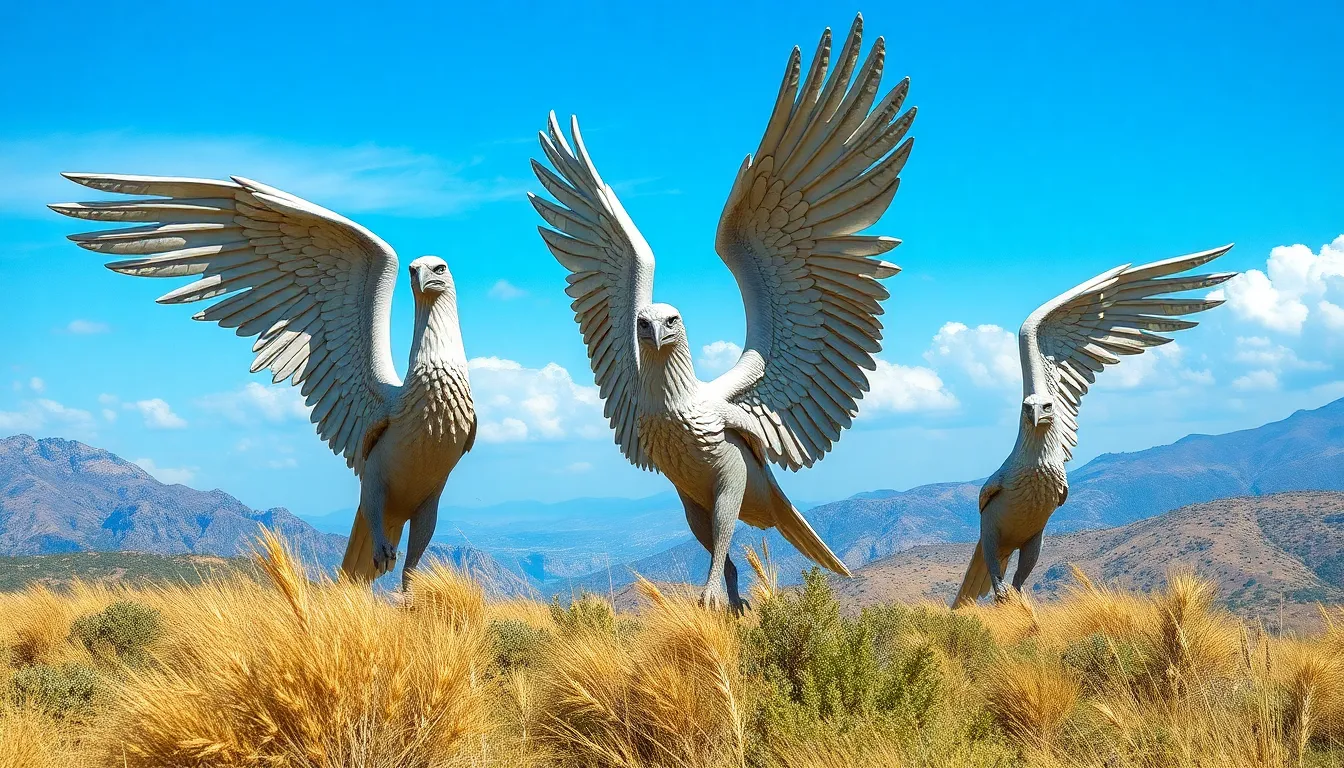The Harpies: Monsters or Misunderstood Figures?
I. Introduction
The Harpies are fascinating creatures from Greek mythology, often depicted as winged spirits known for their fierce demeanor and swift movement. With their origins steeped in ancient tales, they have captured the imagination of many, symbolizing both terror and complexity. Understanding the cultural perceptions of the Harpies is crucial, as it reveals the dual nature of these figures—monsters in some narratives and misunderstood beings in others.
The purpose of this article is to explore the Harpies’ representation throughout history, examining their characteristics, their roles in myths, and how their portrayal has evolved over time.
II. Historical Context of Harpies in Mythology
The origins of Harpy myths can be traced back to ancient Greece, where they were first mentioned in literary works such as Hesiod’s “Theogony.” Initially depicted as personifications of the destructive forces of wind, Harpies evolved in narrative scope, often appearing in various myths as agents of punishment or retribution.
Throughout history, Harpy representations have changed across cultures, from their role in Greek mythology to their depictions in Roman tales and later adaptations in medieval and modern literature. Key myths featuring Harpies include:
- The Argonauts: In this epic, the Harpies are known for tormenting the blind prophet Phineas, stealing his food and leaving him to suffer.
- The Aeneid: Virgil introduces Harpies as ominous figures who plague Aeneas and his crew, signifying impending doom.
III. Characteristics and Symbolism of Harpies
Harpies are typically depicted as having the body of a bird and the face of a woman. They are often described as having sharp claws and a fierce gaze, embodying both beauty and horror. Their physical traits contribute to their symbolism as creatures of the storm, representing the chaos and unpredictability of nature.
Symbolic meanings associated with Harpies include:
- Wind and Storms: They are often interpreted as personifications of strong winds, capable of both destruction and change.
- Retribution: In many myths, Harpies serve as agents of divine punishment, punishing those who have wronged others.
In the natural world, Harpies are depicted as forces that disrupt the order, embodying the themes of chaos and justice intertwined in Greek mythology.
IV. Harpies as Monsters: The Fearsome Depiction
In many myths, Harpies are portrayed as antagonists, feared by heroes and mortals alike. Their role as tormentors contributes to a perception of them as monsters, emphasizing their violent nature and their association with negative qualities. This perception has had a significant impact on ancient societies, reflecting cultural fears and societal norms regarding women and power.
The portrayal of Harpies as monstrous figures often represents:
- Fear of the Unknown: Their fierce appearance and unpredictable behavior evoke fear in characters, symbolizing the unknown dangers of nature.
- Cultural Fears: The Harpies can be seen as representations of women’s potential for vengeance and power, reflecting societal anxieties surrounding femininity.
V. Harpies as Misunderstood Figures
Despite their fearsome reputation, there are alternative interpretations of Harpy behavior. Some scholars argue that their actions are not purely malicious but rather serve a higher purpose of justice and retribution. In this light, Harpies can be seen as defenders of the natural order, punishing those who commit wrongdoing.
Connections to themes of justice and retribution are evident in various myths where Harpies act as enforcers of divine will, ensuring that balance is maintained. In modern retellings, Harpies are often depicted as complex characters with motivations that reflect deeper societal issues, including:
- Empowerment: Recent literature portrays Harpies as symbols of empowerment, reclaiming their narratives from monstrous representations.
- Complexity of Morality: Modern interpretations often explore the moral ambiguity of their actions, inviting readers to consider the reasons behind their behavior.
VI. Harpies in Contemporary Culture
In contemporary culture, Harpies are represented in various forms of media, including films, books, and artwork. Their depiction has shifted from monstrous beings to more complex characters that reflect modern values and themes. This shift allows for a broader exploration of their significance and the underlying messages they convey.
Comparing historical and modern interpretations reveals a transformation in how Harpies are viewed:
- Historical Interpretations: Often depicted as terrifying monsters, agents of chaos, or divine punishers.
- Modern Interpretations: Represented as complex beings with depth, often exploring themes of empowerment, justice, and the consequences of societal norms.
VII. The Significance of Reexamining Harpy Myths
Reexamining Harpy myths is essential for understanding the nuanced perspectives within mythology. By delving into their dual representations, readers can gain insights into broader societal themes such as gender roles, the nature of justice, and the complexities of morality.
Lessons learned from the Harpies’ dual representation include:
- Empathy: Understanding the motivations behind their actions encourages empathy towards misunderstood figures.
- Critical Thinking: Analyzing myths prompts critical thinking about cultural narratives and the values they reflect.
This understanding reflects broader societal themes and challenges us to confront our perceptions of good and evil, heroism and monstrosity.
VIII. Conclusion
In summary, the Harpies are multifaceted figures within Greek mythology, embodying both monstrous and misunderstood qualities. Through exploring their historical context, characteristics, and evolving representations, we can appreciate the complexity of their legacy.
Ultimately, the Harpies serve as a reminder of the importance of viewing mythology with an open mind, allowing for a deeper understanding of the lessons these ancient stories can teach us today. We encourage readers to further explore these myths, seeking out the rich narratives that challenge our perceptions and inspire new interpretations.




